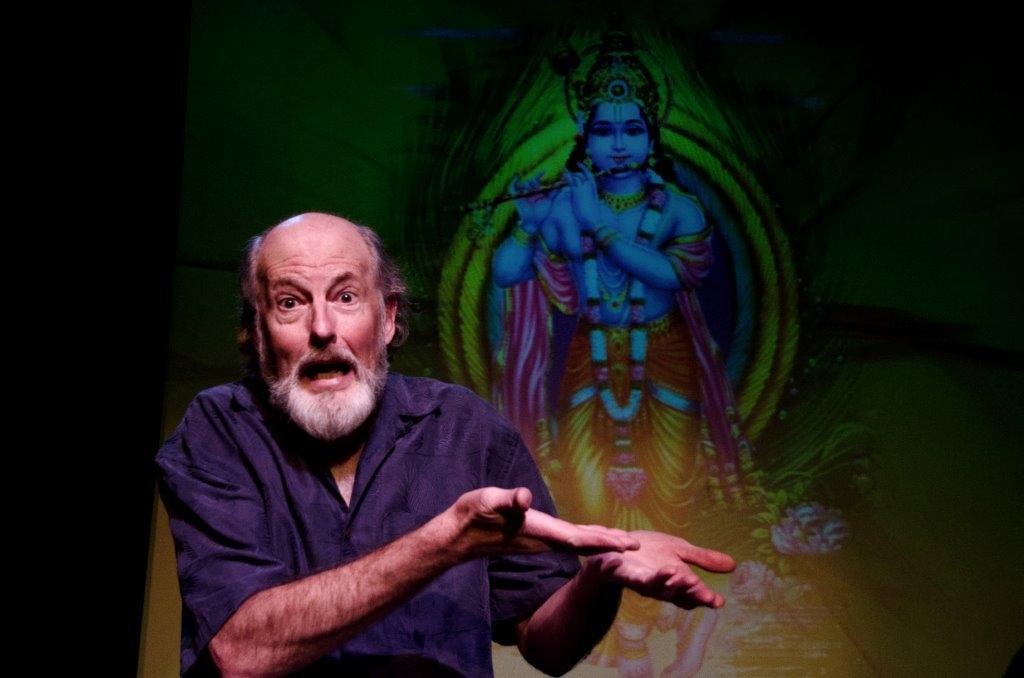Summer = Shakespeare (+ Mozart)
By Pat Launer
In cities around the world, summertime is high time for Shakespeare under the stars. The season is enthusiastically anticipated at the Old Globe, too. The Summer Shakespeare Festival draws hordes of locals and tourists alike.
So what keeps folks coming back to these 400 year-old plays? Consider this. The esteemed literary critic Harold Bloom wrote a book called “Shakespeare: The Invention of the Human,” which asserts that the Bard remains popular because his characters feel so real, so up-to-the-minute. Shakespeare imbued his creations with something that hadn’t existed before: “personality,” or what it means to be human. According to Bloom, Shakespeare actually altered human consciousness by describing it; after him, the world was a different place and we were different creatures. In other words, Shakespeare re-created humanity.
Not only that, but he re-created the English language. “Coined by Shakespeare: Words and Meanings First Penned by the Bard,” by Jeffrey McQuain and Stanley Malless, alphabetically lists his inventions, from “assassination” to “zany,” with surprisingly contemporary items in between, like “addiction,” “advertising,” “marketable,” “cold-blooded” and “worthless.” The book contains thousands of entries. And it doesn’t even include the numerous everyday expressions that first appeared in Shakespeare’s plays: come full circle, elbow room, kill with kindness, flesh and blood, play fast and loose, too much of a good thing and many, many more.
So, shouldn’t all this make you re-think your possible long-term aversion to Shakespeare? If not, the gorgeous productions of this summer’s Shakespeare Festival at the Globe, beautiful to look at and extremely clear and easy to understand, should get you back where you belong: Outdoors, surrounded by the stunning foliage of Balboa Park.
What makes the festival special is the fact that three plays are performed in repertory, on alternating nights, by the same actors — an ensemble of 24, including a dozen graduate students from the Old Globe/University of San Diego MFA program.
This year, returning festival artistic director Adrian Noble, who spent years as artistic director of London’s renowned Royal Shakespeare Company, continues a recent San Diego “tradition”: augmenting the Shakespeare works with a modern classic.
The 2011 production trio features Shakespeare’s last play, “The Tempest,” and one of his most beloved comedies, “Much Ado About Nothing,” paired with Peter Shaffer’s fictionalized historical drama, “Amadeus,” which won the Tony Award for Best Play (1979) and the Academy Award for Best Picture (1984).
It’s thrilling to see the same performers play wildly different roles, which is both exciting and daunting for the actors. The festival also presents a huge challenge for designers, who have to create three vastly different but rapidly interchangeable locales.
Scenic designer Ralph Funicello relishes the challenge. “Each show has a very distinct look,” he says, “yet there’s a unity provided by the basic, bi-level wooden stage structure. ‘The Tempest’ is in some ways the simplest, with just a large blue silk fabric, used in many different ways that is pure magic. I think ‘Amadeus’ has the most scenery we’ve used in a show in the past eight seasons but it, too, doesn’t attempt to create literal locations. ‘Much Ado’ adds a Victorian wrought-iron wall that informs the mood and historical period” (mid-19th century).
Like all good theater, each play has a theme greater than its storyline.
“The Tempest,” which involves shipwrecks that have landed the characters on an enchanted island, is ultimately about forgiveness and redemption. The wizard Prospero (magnificently portrayed by Miles Anderson) takes vengeance on his enemies, but in the end, he gives up his magic (a stand-in, most believe, for Shakespeare himself, putting down his pen after this final creation), lets his sprightly servant go free (Ben Diskant makes a wondrous Ariel, blue hair and all), and takes his rightful place in society. The Globe production is spectacular, laced with the most marvelous music, composed by Shaun Davey for this Noble (and nobly)-directed show.
“Much Ado” shows the many faces of love: one couple is instantly smitten, but their relationship is quickly derailed by a villain who blights their affection with a fabricated betrayal. The self-important, sharp-tongued couple engages in a battle of wits till they, too, are duped — into acknowledging their mutual love. This famous duo, Beatrice and Benedick, is played by real-life spouses Jonno Roberts and Georgia Hatzis. Director Ron Daniels downplays the comedy and underscores the more serious thematic elements: the importance of honesty, loyalty and accurate perception.
Though “Amadeus” concerns the rivalry between the young prodigy Wolfgang Amadeus Mozart — depicted in the play as a whinnying, potty-mouthed ninny — and the envious court composer, Antonio Salieri, it’s really a high-spirited meditation on genius vs. mediocrity. Miles Anderson has the major role of Salieri, but Jay Whittaker’s delightfully daft Mozart nearly steals the show.
So, what are you waiting for? The wistful, the magical, the comical and the historical await you. Get thee to the Globe post-haste.
The Tempest,” “Much Ado About Nothing” and “Amadeus” run in repertory through September on the Old Globe’s outdoor Festival Stage. 619- 23-GLOBE; www.theoldglobe.org.
Pat Launer is an Emmy Award-winning arts writer and theater critic who, for the past 25 years, has written for newspapers, magazines, radio, TV and online. Her theater reviews can be heard weekly on KSDS-FM, and she writes regularly for Patch.com. Pat has been named a Living Legacy by the Women’s International Center. www.patteproductions.com.

